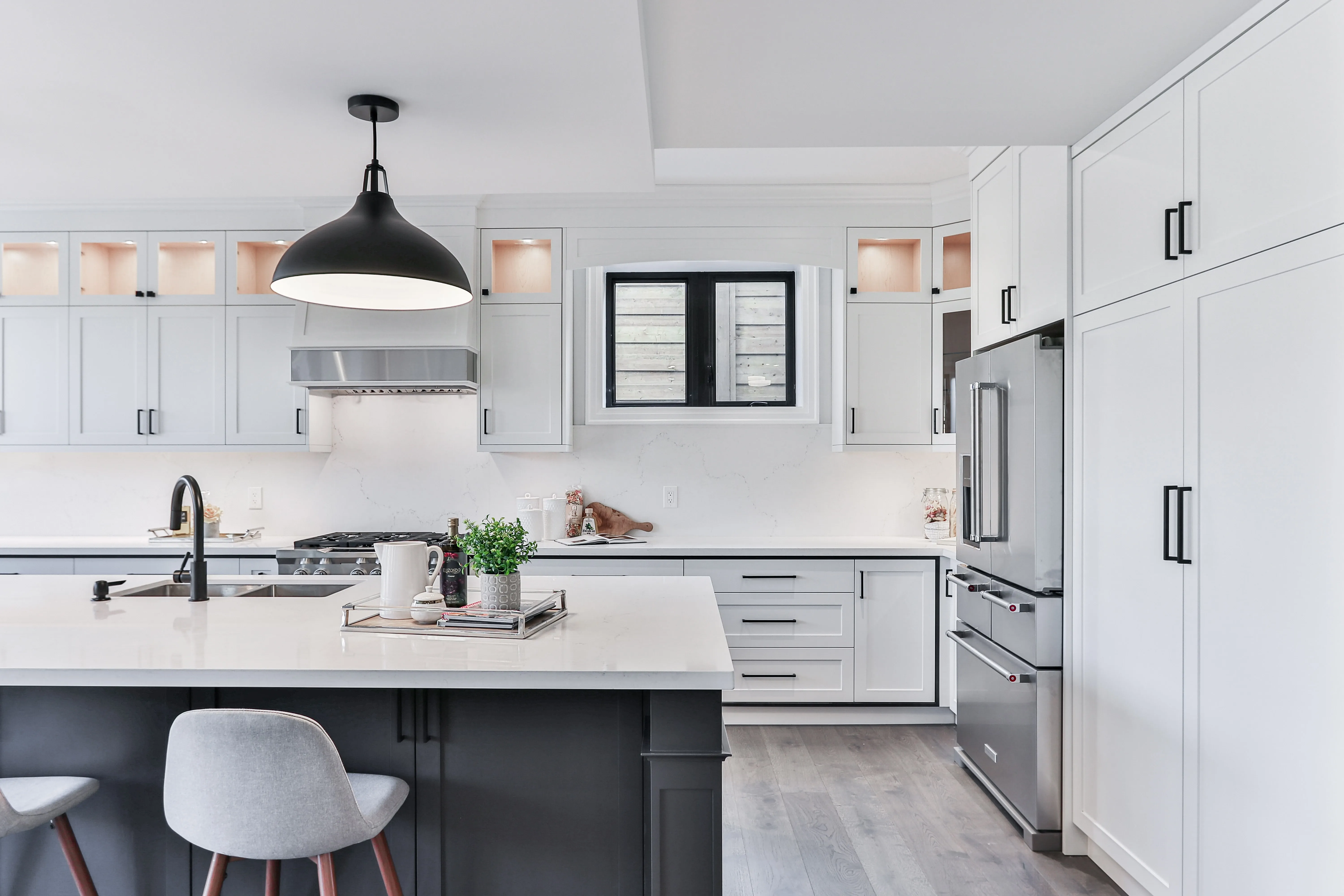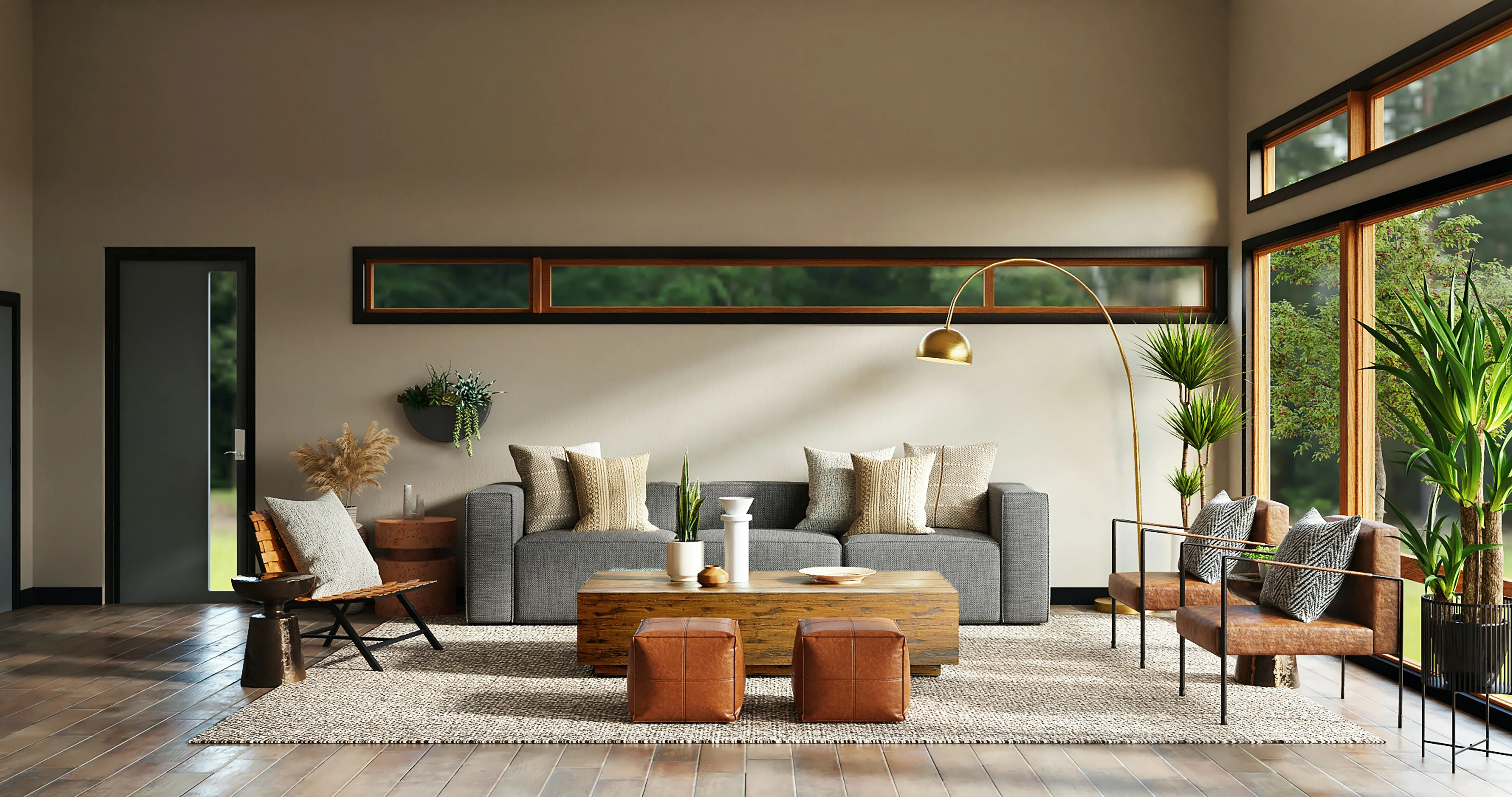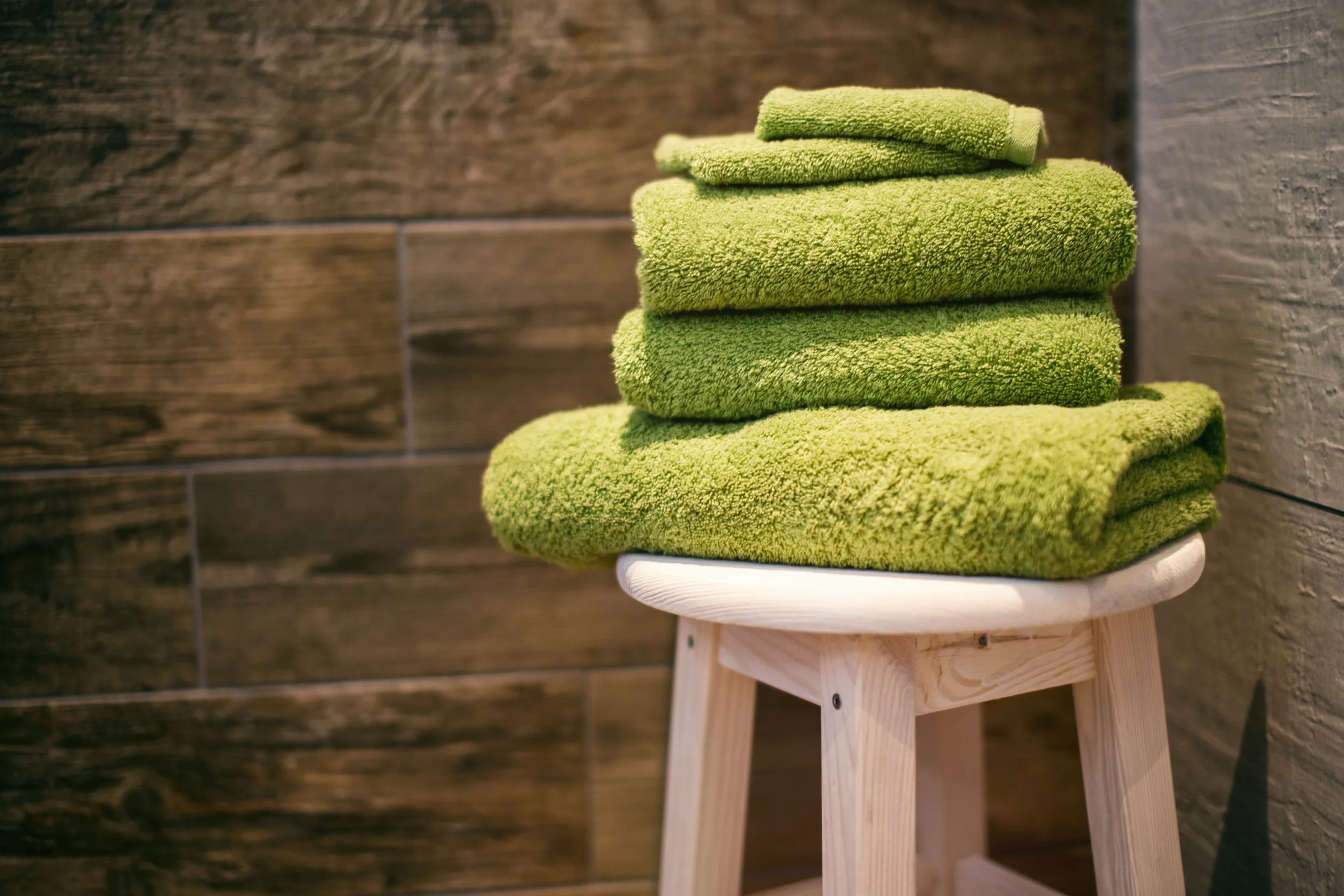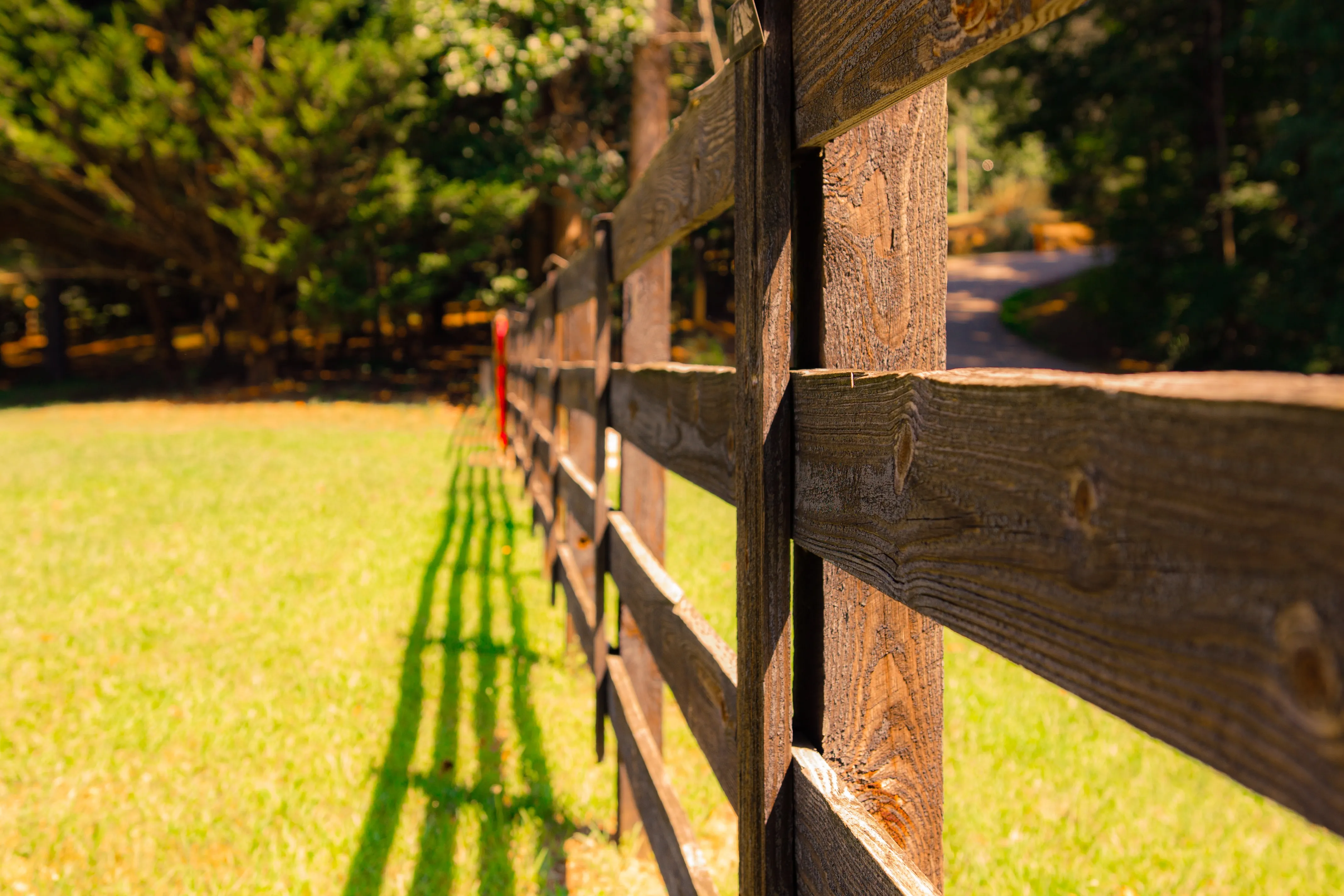BLOG POSTS

Popular Kitchen Designs
If you are looking to install a new kitchen design into your home then you will find that there is a bewildering choice of free kitchen design ideas you could choose from to feed your own design plans.
Together with the bathroom the kitchen is the most important room in the house to get right in design terms.
Aside from the hall the kitchen receives the highest amount of foot traffic in the home.
Most people spend a lot of time in the kitchen, especially families and if something is not right it will bug you every time you look at it.
I recommend you spend considerable time looking for free kitchen design ideas before you approach a kitchen design store. That way you will have a much more focused idea of what you are looking for and are more likely to encourage the salesperson to offer you a special deal. They will see you as a serious prospect who has spent time creating a strong vision and knows what they require.
Design ideas can be found in many places such as house and home magazines, kitchen showrooms, diy stores, kitchen web sites and friends’ houses.
You should be able to formulate at least two or three design ideas using these methods.
In the meantime here is a list of popular kitchen styles that you can investigate to get you started: Also, click this link for a great book about kitchen remodeling!
Country Style
This style is also called early american or colonial and creates a lovely quaint farm kitchen look. Typically the kitchen will feature open shelves, pot racks and a general feeling of being well lived in, accented by the various color schemes of the cabinetry.
Contemporary
This style has clean and simple lines. Cabinets are usually futuristic in look with no carvings or particularly ornate features. The emphasis is on style and practical sophistication.
Shaker
This is a simple and utilitarian style that features flat panel doors, wooden countertops and brass hardware.
French Country
These are warm inviting kitchens full of wood and soft colors. Natural materials feature strongly as do large furniture pieces with ornate carvings.
Arts and Crafts
This is becoming a popular style and features glass doors and natural wood tones that are finished in a matte sheen. This style can be very artistic. Finally, take into account the themes you have used in other rooms to ensure that the kitchen design you finally choose fits well into your overall scheme. I hope that our free kitchen design ideas help you to get a good start in your project. If ever you have questions alway know you can call or email Journey Remodeling. Share this entry.

Home Landscaping Design
Home landscaping design does not just involve sticking plants into your vacant front or backyard and making it look “green”. When designing and landscaping your own home, you need to invest some time and put in a lot of creativity to beautify your front lawn or backyard.
Do It Yourself
Here are some do-it-yourself tips to landscape your lawn: First, clear the general area that you will be designing and start from scratch. This will give you a better ‘canvass’ to work with. Then, sketch the general look that you would like to have for your garden. Make a list of the plants, trees and shrubs that you can plant. When deciding on the type of plants, make sure that there will be a plant which will flower or bloom for each season of the year – winter, spring, summer and fall. For example, perennial flowers will bloom in May, but after that it will just look like an ordinary plant. Having a plant which blooms in a different time of the year would make your garden have a focal point even when other plant variants are not in season.
Create Design
As much as possible, make a layered planting bed. At the back row which is the farthest from your house, plant the variants which grow the tallest. This will serve as the base of your landscaping. In the middle and front rows, put the shorter plants. Make sure that you apply this rule in every area of the garden where you plant to put in plants for a more ‘trimmed’ look.
Furniture
You can also vary the design of your walls and fences. When choosing ‘furniture’ for your garden, like a table and chair garden set, place them in an area where they can best be viewed and enjoyed. Installing a water fall is a great idea to add to the main attractions of your landscaped garden. With some hard work and a lot of creativity, you will feel great once you look out your window and you see the landscaped lawn which you designed and built yourself.

Avoid Common DIY Home Improvement Mistakes
Ask people who have completed do-it-yourself projects and they’ll tell you that the projects took at least twice and much time and three times the money they thought they would. The basic reason is that DIYers usually make a lot of mistakes that end up making home improvement projects more expensive and time-consuming. Here are surefire ways to avoid the top DIY home improvement mistakes in the future and ensure success.Common DIY MistakesTake out the required permitsIt’s amazing how many DIYers skip this step. Sure, it takes time, and it means you have to deal with the government, but it’s actually in your best interest to make sure get the required home improvement permits. The folks in the permitting office will make sure the project is done correctly and that you stay safe in the process. Also, for some projects, you’ll need proof that you have a permit or your insurance company won’t cover the improvement. You’ll probably need a permit for any project larger than wallpapering and painting. If you’re unsure, call your local building department and ask.Have all the tools and materials you need available before you start your projectStarting a job without the necessary tools and supplies will slow down the job and delay your progress. And make sure you buy quality tools. They’re a wise investment.Prepare the job site for material deliveriesWhen your suppliers deliver materials, you’ll want to make sure the job site is ready to accept them. You don’t want your materials exposed to the weather while you are working and you want to have a storage area to prevent theft.Don’t skimp on materialsFor example, don’t use 1/4-inch drywall for building walls. Use at at least 5/8-inch; and 3/4-inch works well for a good sound barrier. Use 3/4-inch plywood for sub-floors. It creates a much stronger floor.Prepare the walls for paintingClean the walls, sand them and patch any holes before you paint. Use a coat of primer or stain blocker if you’re trying to cover over oil-based paint, stains or peeling paint, or if you’re painting a lighter color over a darker color.Use the correct paintUse flat paint ceilings. Interior paints should have at least an eggshell or satin finish so you can scrub it. For outdoor decks, use a linseed-oil-based stain to drive the pigment into the wood and preserve it.Keep safe while workingYou don’t want to end up in the emergency room. Wear safety goggles when using power tools or working with drywall or wood. Wear a hard hat when you’re working under other people on scaffolding, and open some windows when you’re painting or staining, or stripping old finishes off of floors or walls. Don’t wear loose, hanging clothing, especially when using power tools. Wear gloves when carrying wood, metal and rock, or when hammering, and wear a nail or tool pouch to prevent damage to your floors, feet, and pets.Measure twice and cut onceProbably the most important rule of any project. If you’re going to make a mistake, make it too long. You can always make something shorter. You can’t make it longer.Know the limits of your abilitiesYou’re not going to be good at everything. If you don’t have a lot of experience at plumbing or electrical work, for instance, don’t attempt those projects.Don’t start to learn how to do a project on your own houseIf you want to learn how to do a project, offer your assistance to a friend who is an experienced DIYer or a contractor. And if you have any question about what you’re doing, make sure you stop and ask. You probably won’t eliminate all of your DIY home improvement mistakes, but you can surely reduce them with these 10 tips.

Choosing Decorative Towels and Bathroom Accessories
How to choose decorative bathroom towelsChoosing ornamental towels is not easy nowadays, since today you have a wide array of fabrics to choose from. To help you choose however, we can consider the binds made of satin and appliqués combined with bands, and over locked finished edges. Lace trim makes up the towels. Terry cloth is a popular brand, which you can add Satin to offset the towels.How to choose Satin upshot?
When selecting the Satin upshots you may want to purchase your own, or else handcraft the material. Use your towels, such as the toweling, or purchase a set and stitch reversing you course. To start, tie the cloth using edges (Scallop) and then use your polyester textiles of satin at the hem, start binding, followed by accenting the fabric by serger binding. Once you finish, you can put in bands, which will detail your towels.How do I choose materials for locks on my machine?
You will need to mingle the monograms, which you can purchase at any craft shop. Once you have the monograms, iron it onto the material, and in place. Raise the flat naps on the towel by brushing it lightly.It is easy to invent your own towels. Otherwise, you can purchase a wide array of bath towels online, or at any department store. Keep in mind however, that creating your own towels is fun, and you get what you want. Once you finish handcrafting your towel, you can add trim to your fabric. Use lace textile, since it will make a picture design.Now let’s get to sewing:You want to start out with a basic towel. Purchase fabrics, which are easy to wash. Consider taffeta, or you can choose polyesters or satin. Once you have the towel, get rid of the stabilizer, and choose a selection of stitching threads that match your shades, as well as your cotton.
(1) Trim the image of your textile sewn onto the fabric to make a mirror.
(2) Confiscate the extra model and use a craft pencil/pen to spot your selected areas to sew.
(3) Once you have cut the pattern, you want to place the other pattern (Stabilizer) should be smaller and glued to the other patterns.Use the extra model and put it on the left surface of the textile.
(4) Stitch the textile, and begin cutting the material. You will need your first section, which you want to learn room for the shape to fit its margin. Use craft pins to hold the material in place, starting at the right. On the left side add pins and pin it extra textile. Make your first pattern, i.e. begin stitching.
(5) Stitch in a straight line and unfasten your pins. (
6) If you have access fabric, trim it. Avoid slicing your loops.You are almost finished; all you need to do now is to repeat the steps three through five.In step seven and eight you will need to prepare your machine, or needle and thread.It is your choice whether you want to use a sewing machine, or hand materials. If you want a zigzag effect, move your space closer.
You want the tension of your needle thread loose, and position the bobbin to the left.How to choose thread:When you handcraft any materials, it is wise to coordinate your thread. If you purchased a plain white towel, then use white threads. Also, sew the satin, appliqué, using coordinated threads. Once you choose your threads remove the stabilizer by tearing it away and removing it from the left side. Avoid pulling your loops. Now you are ready to bind and scallop your new towels, adding the materials to the edge.

Building A Wood Fence / Privacy
Due to the increase in door-to-door salesman, criminals looking to scope out your residence, and other annoyances, you may sometimes feel that answering your door isn’t worth it. When you do finally answer your door and find a door-to-door salesman, you may have a very tough time getting rid of them. They will continue to hassle you and keep coming back until you support their group or buy one of their “innovative” products.To prevent this from happening and keep unwanted company from bothering you, you should use a protective barrier between your door and the street.
You don’t really need a 15 foot high electric fence, as even the most basic of fencing will do the trick. You can install a simple decorative fence around your yard, complete with locking gate, to keep any type of solicitors at bay.Although a fence is a great way to achieve privacy, not everyone has a yard that they can build a fence on. You can also use a gate that blocks entry to your porch or front door, as this way you can keep the gate locked at all times.
The main idea and theory here is to make it difficult to approach the door to your home. This way, salesman, solicitors, and even snoops will see that it requires a lot of effort to reach you - and they will normally just give up and move on.Even though a fence or locked gate are great, you can’t overlook a dog either. A barking dog can be very effective, as trespassers simply can’ t look over a dog that is barking. Barking dogs aren’t the same as a fence or gate, although they are very common these days. Keep in mind however, that the effectiveness of a dog with scaring off unwanted guests will greatly depend on the disposition and character of the dog you have.Nearly every dog will bark when it sees a stranger, although not every dog will prevent someone from coming to your door unless it has been trained to do so.
A lot of door-to-door salesman and snoops deal with dogs on a daily basis, and will normally just ignore the dog and the barking and proceed to come to your door. If the dog is more of a violent nature and appears ready to strike, then it will be a different store. If the salesman or snoop notices the dog is ready to bite, he will normally stop in his tracks and turn around - out of the fear of getting bit.Keep in mind that having a dog doesn’t mean that you have to blood train him or put him on steroids to keep unwanted visitors away. What you need, is an aggressive dog that will stand his ground and help you keep your privacy.
When a solicitor visits your home and sees your aggressive dog, he won’t want to sacrifice a sale at the risk of getting bit by your dog.As annoying as door-to-door solicitors are, there are ways that you can improve your security and your privacy around your home. You can also invest in home surveillance systems as well, to further enhance your privacy and security. For solicitors, fencing with a locked gate is the best way to go, if you have the room for it. On the other hand, if you don’t have the space for a fence, you can always use a dog or other options. Privacy and security is very important - which is why you don’t want solicitors invading your space.

Painting & Decorating
Painting, decorating and other ways to make sure your house is in a good condition to sell.
House selling has become a very competitive market, and though people are desperate in some areas to buy a house, its important you take care to ensure that the you've done all you can to make your house as attractive, safe and saleable as possible.
It is said that the average house buyer has no vision – which means you need to make their 'envisioning' themselves within the house as easy as possible.Dark paintwork is a definite turn off – as are stained, worn or smelly carpets – both of which need to be taken care of.
On the latter, you could offer an 'allowance' or remove a fraction of the house costs for carpets – or, if you can, invest yourself and replace them, to allow a possibly higher sale price. Walls should be painted off white, or antique white – or possibly very pale and pastel shades if you're planning on redecorating – you may have no option if your walls are stained, marked or damaged.
Its also a good time to ensure that everything that you've been meaning to repair is taken care of is actually done – a faulty stair tread, banister or fence in the garden may only be a minor annoyance to you, but can be a danger to anyone looking at the house.
Its hard to sell your house without help, but one of the biggest tips you can take to ensure your house sells is to make sure you've removed your 'imprint'. Looking at the house impartially, remove anything that screams 'my personality' and 'my personal space'.
Things like photos, pieces of unique artwork, and ornaments and more can be removed before people come to view the house. Remember – they want to buy the house, not feel how you lived there, so if you haven't finished boxing up your non essentials by the time you start showing them the house, its time to consider whether you really need the clutter still unpacked – or whether its time to put it in the bin.

Choosing the right water filtration system for your home
Selecting the optimal water filtration system for your residential abode necessitates a judicious consideration of various factors. It is imperative to assess the specific needs and requirements of your household, as well as the quality of the water supply in your region. By conducting a comprehensive evaluation, you can make an informed decision that ensures the provision of clean and safe drinking water for you and your loved ones. To commence this discerning process, it is vital to ascertain the impurities and contaminants present in your water supply. This can be achieved by conducting a thorough water quality analysis, which may involve professional testing or utilizing at-home water testing kits. Identifying the specific pollutants will enable you to select a filtration system that effectively targets and eradicates these impurities, thereby guaranteeing the purity of your drinking water. Moreover, it is crucial to take into account the flow rate and capacity requirements of your household. Consider the number of individuals residing in your home and their water consumption habits. This will aid in determining the ideal filtration system size and capacity that can meet the demands of your household without compromising the efficiency of the system. Additionally, the maintenance and upkeep of the filtration system should be taken into consideration. Some systems necessitate regular filter replacements or periodic servicing, while others may require minimal maintenance. Evaluating your willingness and ability to perform these tasks will assist in selecting a system that aligns with your preferences and capabilities. Furthermore, it is prudent to consider the installation requirements of the filtration system. Certain systems may necessitate professional installation, while others can be easily installed by homeowners. Assessing your proficiency and comfort level with DIY projects will aid in determining the most suitable system for your needs. Lastly, it is advisable to conduct thorough research and seek recommendations from reputable sources or professionals in the field. Reading customer reviews and consulting with water filtration experts can provide valuable insights and guidance, aiding in the selection of a reliable and effective system. By conscientiously considering these factors and employing a meticulous approach, you can successfully navigate the process of choosing the most appropriate water filtration system for your home. This diligent endeavor will ensure the provision of pristine and healthy drinking water, safeguarding the well-being of your household.

Cleaning your homes gutter system
Guide to Maintaining and Cleansing Residential Gutters Ensuring the optimal functionality and aesthetic appeal of the gutter system within your abode necessitates regular maintenance and cleaning. By undertaking this essential task, you can safeguard your property against potential damage caused by clogged gutters and enhance its overall visual allure. This comprehensive guide will equip you with the knowledge and techniques required to proficiently clean the gutters in your home, effectively mitigating any associated risks. 1. Preparation: Before embarking on the gutter cleaning process, it is imperative to gather the necessary equipment and tools, including a sturdy ladder, gloves, a scoop or trowel, a bucket, and a hose with a high-pressure nozzle attachment. Additionally, it is advisable to wear protective eyewear and a dust mask to shield yourself from debris and potential allergens. 2. Safety First: Prioritize your safety by ensuring that the ladder is securely positioned on a level surface and that its rungs are stable. It is also prudent to inform someone about your undertaking, allowing them to be aware of your presence and potentially offer assistance if needed. 3. Removal of Debris: Gently scoop out any accumulated debris, such as leaves, twigs, and dirt, from the gutters using the scoop or trowel. Exercise caution to avoid damaging the gutter or dislodging any fasteners. Place the debris into the bucket, minimizing any spillage or scattering. 4. Flushing: After removing the larger debris, employ the high-pressure nozzle attachment on your hose to flush out any remaining smaller particles and residual grime. Commence at the end opposite the downspout and work your way towards it, ensuring that water flows freely through the gutter and downspout. This step aids in identifying and rectifying any potential clogs or blockages. 5. Downspout Inspection: Inspect the downspout for any obstructions or impediments, as they can hinder the proper drainage of water. If necessary, utilize the hose to flush out the downspout and dislodge any debris. Additionally, ensure that the downspout directs water away from the foundation of your home to prevent potential water damage. 6. Maintenance: To maintain the longevity and efficiency of your gutters, consider installing gutter guards or screens to minimize the accumulation of debris. Regularly inspect and clean the gutters, particularly during the autumn months when leaves are more likely to accumulate. By adhering to these guidelines, you will effectively preserve the integrity and functionality of your home's gutter system, thereby safeguarding your property and enhancing its overall appeal. Remember, regular maintenance and cleaning are crucial in preventing potential issues and ensuring the optimal performance of your gutters.

CATEGORIES:
Bathrooms, Decorating, Fences , Kitchens, Landscaping, Master Bath, Room Additions
